The violence of capitalism: Revisiting Arun Prabhu’s Aruvi (2017)
Aruvi is not a violent film; it is an entertainer. However, the systemic violence in it is not inconspicuous; it is the crux of the plot.
This sub-category contains film analyses of various movies and series.
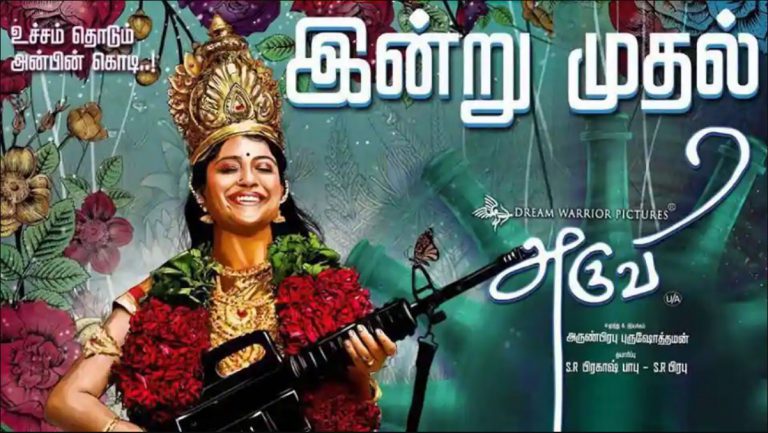
Aruvi is not a violent film; it is an entertainer. However, the systemic violence in it is not inconspicuous; it is the crux of the plot.
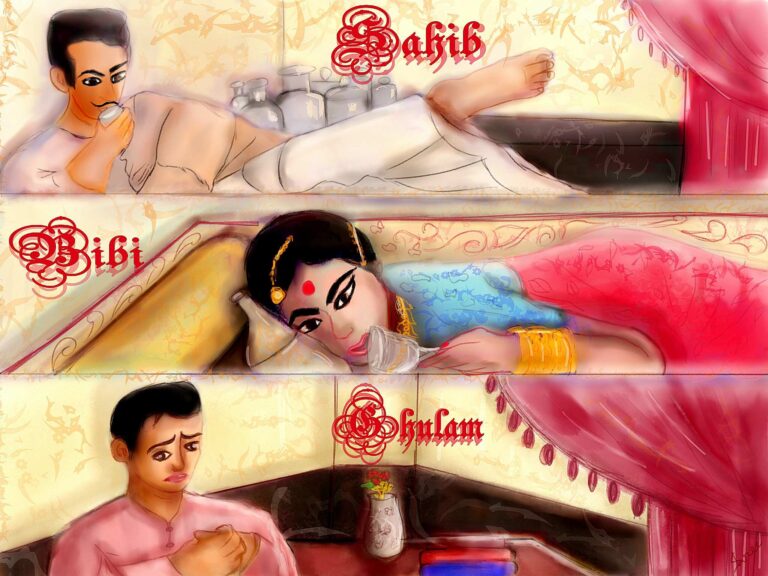
Indian film might rest entirely on the shoulder of its titular character and it’s all about him/her (often HIM, HIM and only HIM). But if supporting characters are well written and acutely performed enough, it can become about everyone.
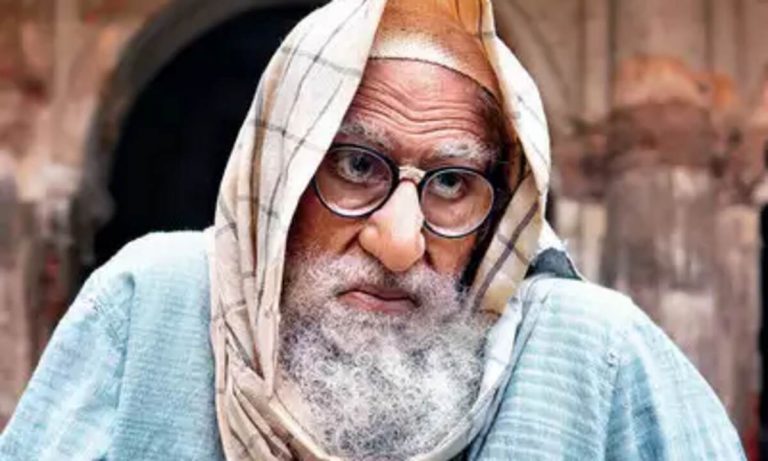
Gulabo Sitabo marks the fourth collaboration of writer-director duo, Shoojit Sircar and Juhi Chaturvedi. 2012 onwards, this collaboration has culminated in some of the groundbreaking movies in Hindi cinema. However, the film seems a bit of a letdown with the absence of heavy emotions as portrayed in Sircar’s Piku or October or a unique storyline as portrayed through Vicky Donor.
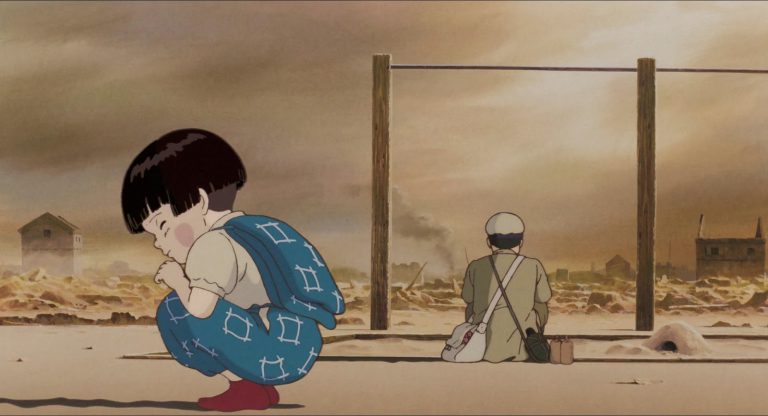
There have been many attempts to remake this film involving real people in it. Twice, once in 2005 and again in 2008, this project was brought to life. But neither of the two could match the quality of the original work. A consensus, apart from varied formative analyses constituted by the experts, is that some things can never be repeated, and it’s not a wrong belief either.
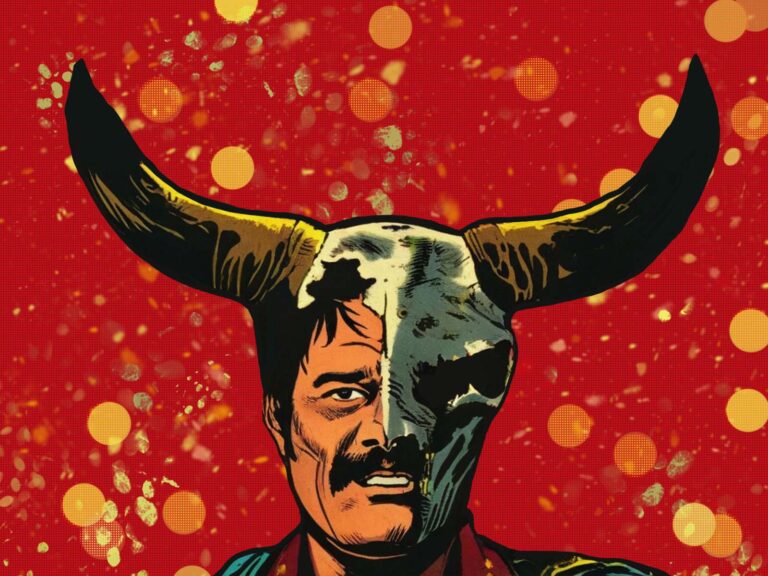
Between Swarg, Dharti, and Paatal, India exists somewhere.

As a filmy nerd who more or less sees the world through the eyes of cinema, it’s essential for me to keep track of first-class movies; otherwise, it’s likely that I’ll run out of big ideas.

One of the most effective ways to control binge-watching is not limiting your pleasure, but finding activities that you enjoy, you don’t have to depend on it to feel good.
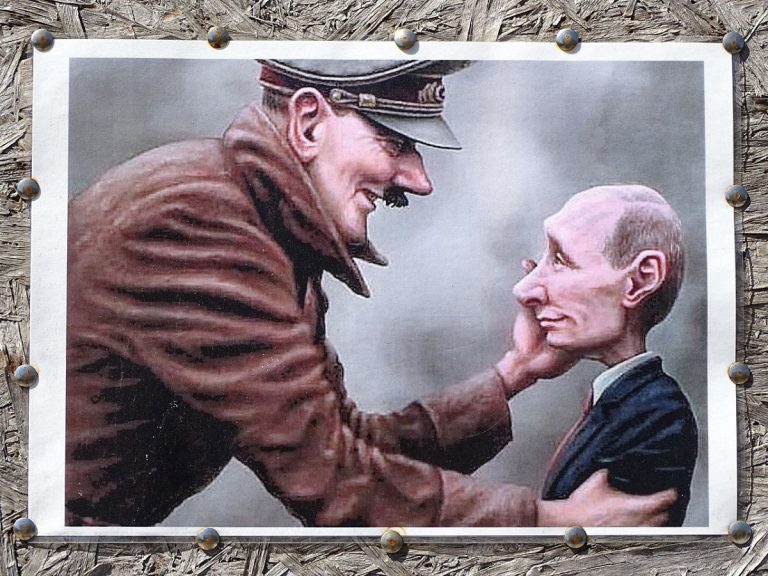
What would happen if Hitler had not died and had somehow managed to escape to the 21st century via time travel? Would he be able to rise back to power? How would people react? How would he respond to the people? Perhaps the musings over this possibility are what led to Timur Vermes to write…
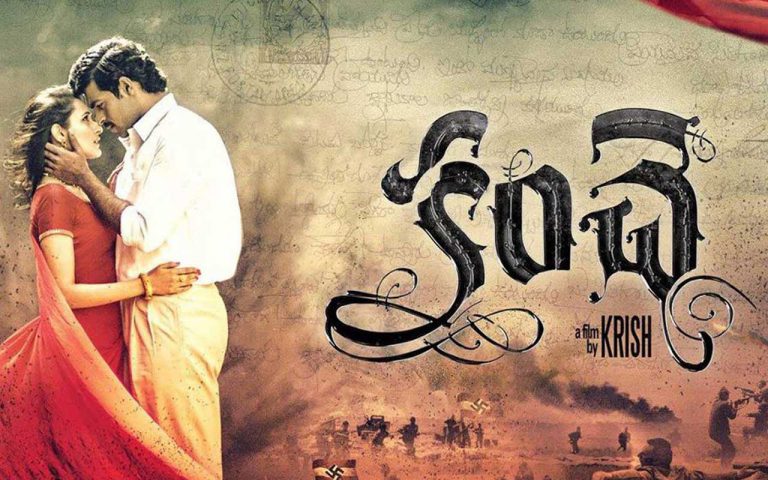
The “fence” figuratively represents the caste-based separation of the families, and the importance of the same is highlighted towards the end of the film
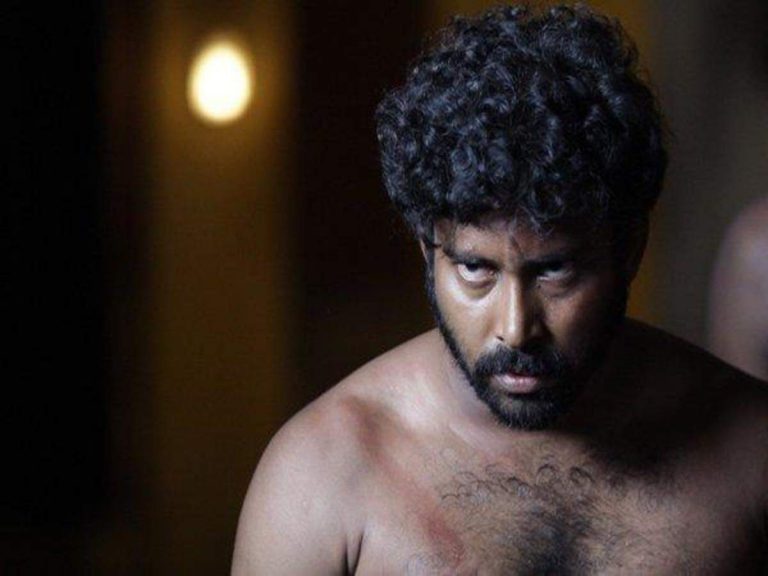
If one follows the current tendencies of Indian mainstream cinema over the past couple of decades, one sees a lack of films that deal with the intersection of caste and class violence perpetrated by the state. Visaaranai is an exception to the norm. Vetri Maaran (the director of the film) is currently considered to be…
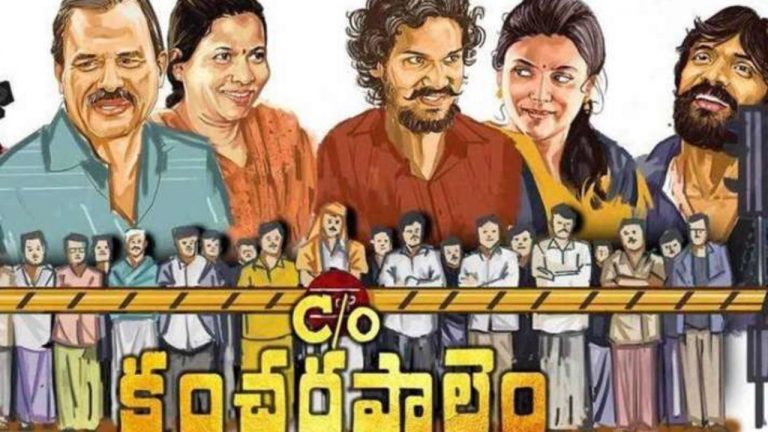
There are two significant problems one can see in the contemporary Telugu cinema. One, the spatiality of our movies are either city-centric or rural or a mix of both. Second, notwithstanding the spatiality, the stories are majorly elitist, which invokes false aspirations or a sense of escapism with regard to the audience. In other words,…
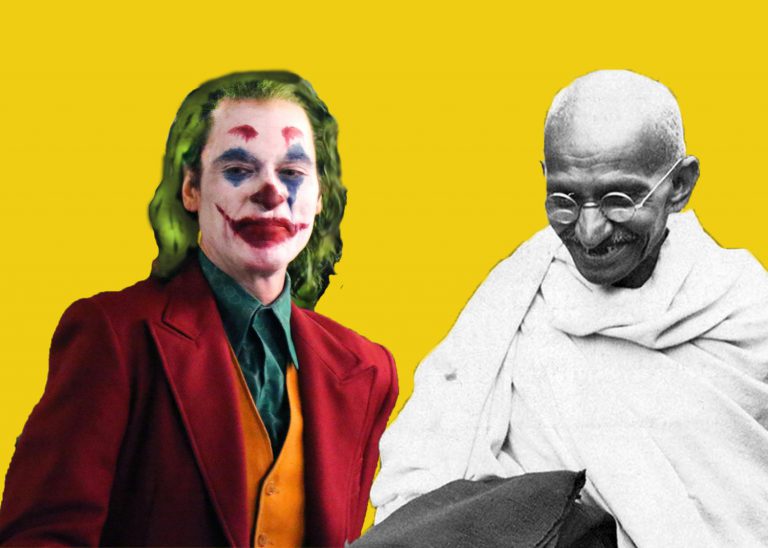
These topics become mine, for articles on Gandhi have occupied my Facebook wall more than any wishes of ‘Gandhi Jayanthi’. Perhaps this is so because of the increasing online publications in India. On a different note, the movie ‘Joker‘, which hit Indian screens on Oct 2nd, 2019, also opened to excellent reviews. “I am fortunate to have…